How Do Vultures Locate Carcasses?
on Apr 01, 2025Vultures play a crucial role in our ecosystem as nature’s cleanup crew, consuming dead animals and preventing the overpowering stench of decaying meat from spreading through the bush. Many people wonder how these remarkable birds manage to find carcasses, especially in vast reserves spanning millions of hectares where food sources are scattered across immense landscapes.
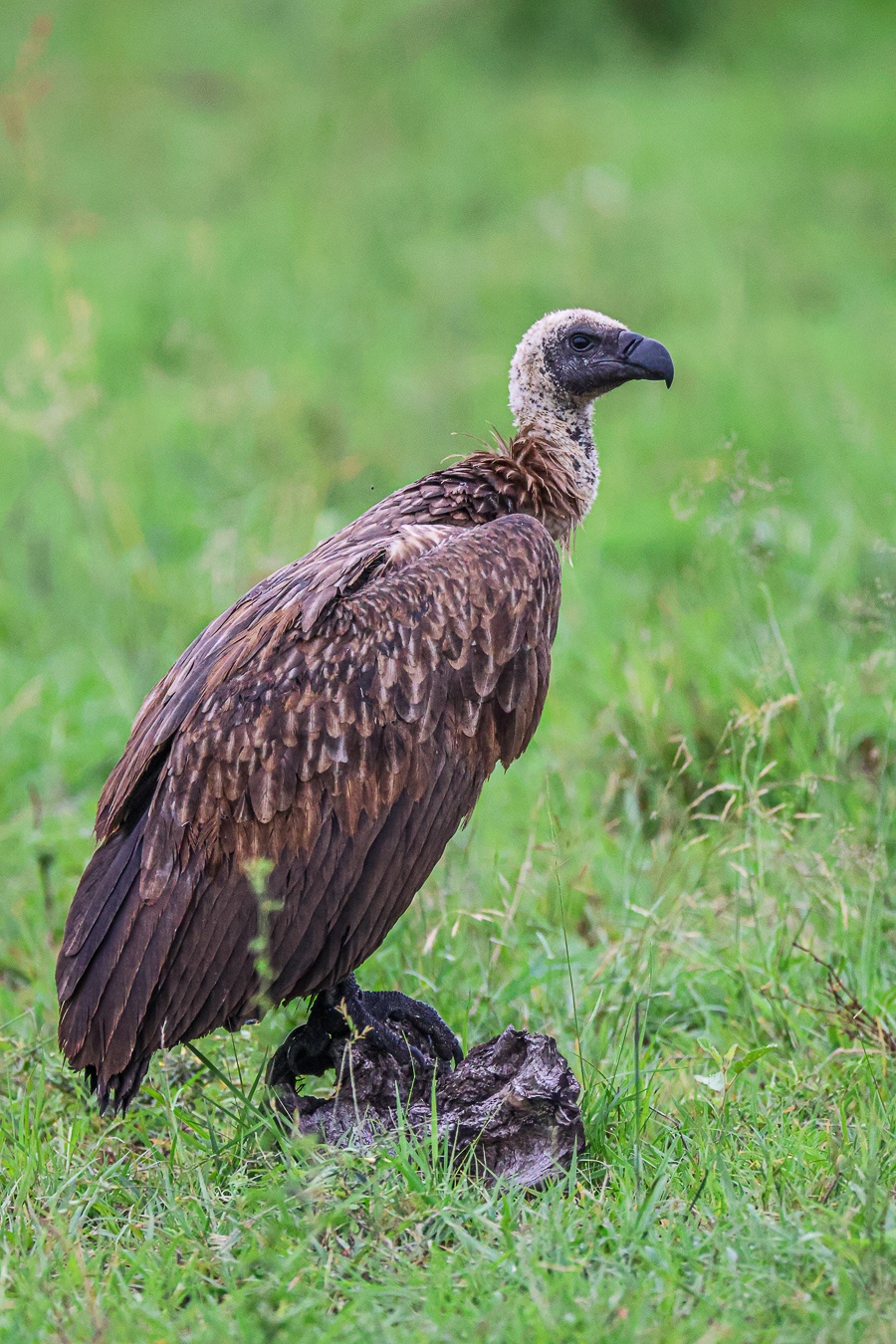
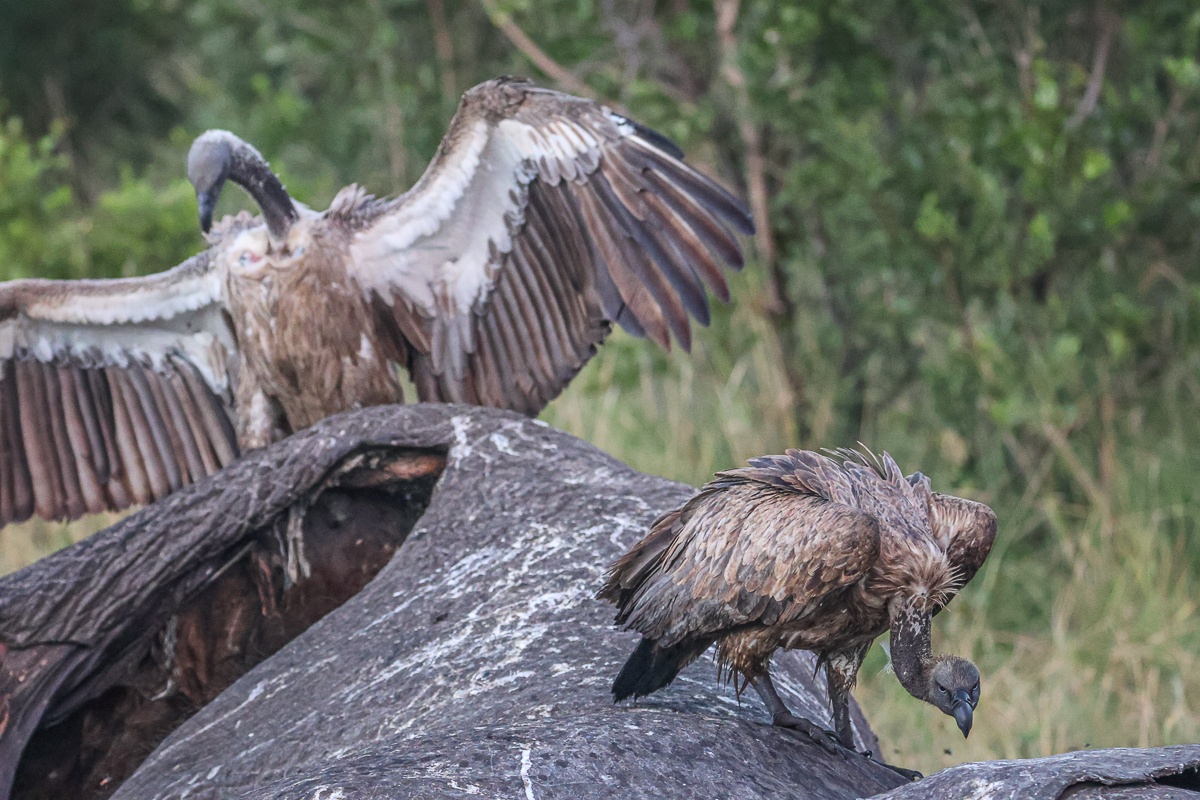
Without vultures, the bush would be overwhelmed with the stench and remains of decaying animals. While many other scavengers and predators also feed on carcasses, vultures are among the few that can cover vast distances quickly. They gather in large numbers - sometimes hundreds - around a single carcass, making them incredibly efficient in cleaning up the landscape.
Interestingly, the collective names for vultures change depending on their activity. When soaring through the sky, they are called a kettle of vultures. While feeding, they are referred to as a wake of vultures. And when resting in trees, they can be known as a committee, volt, or venue of vultures.
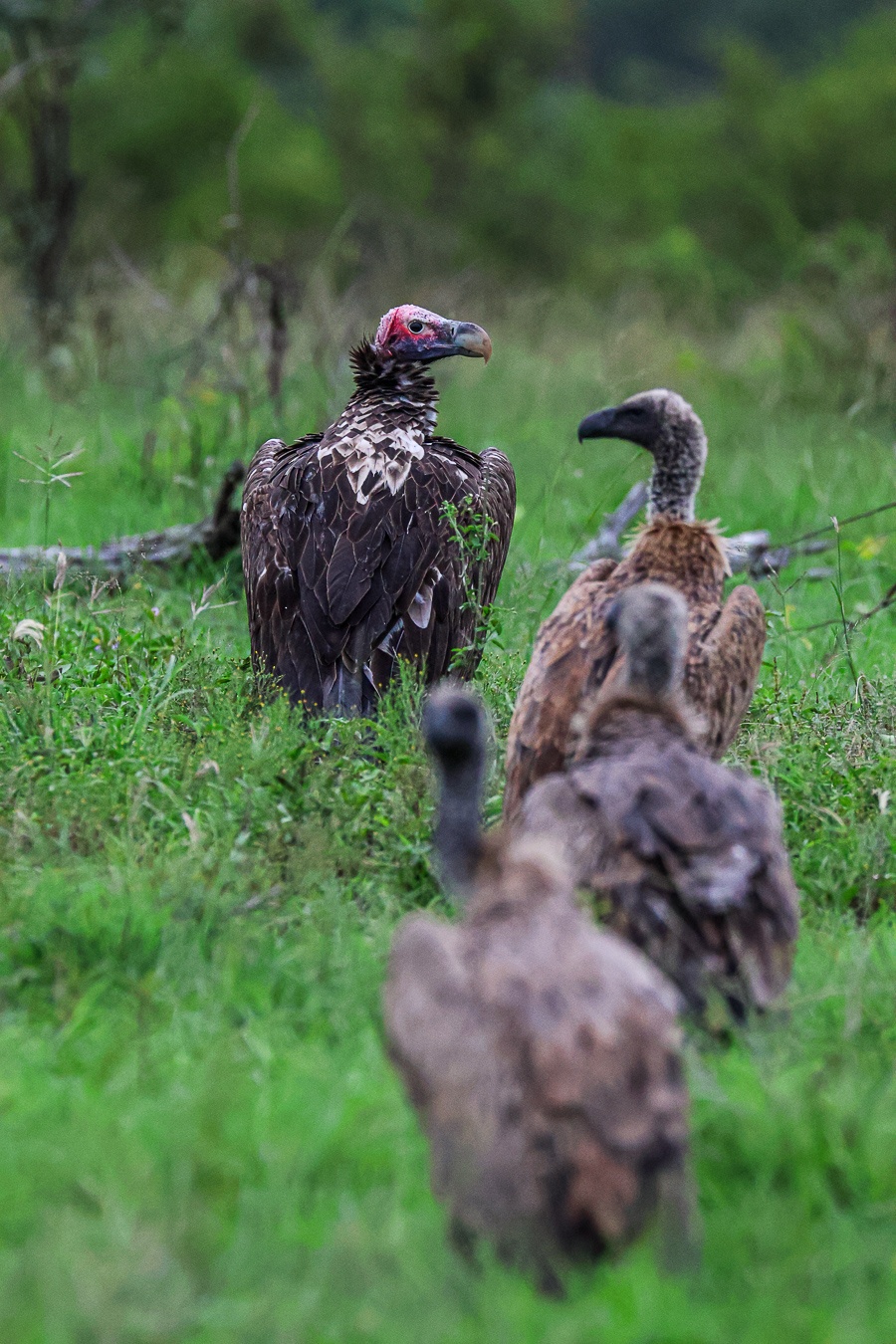
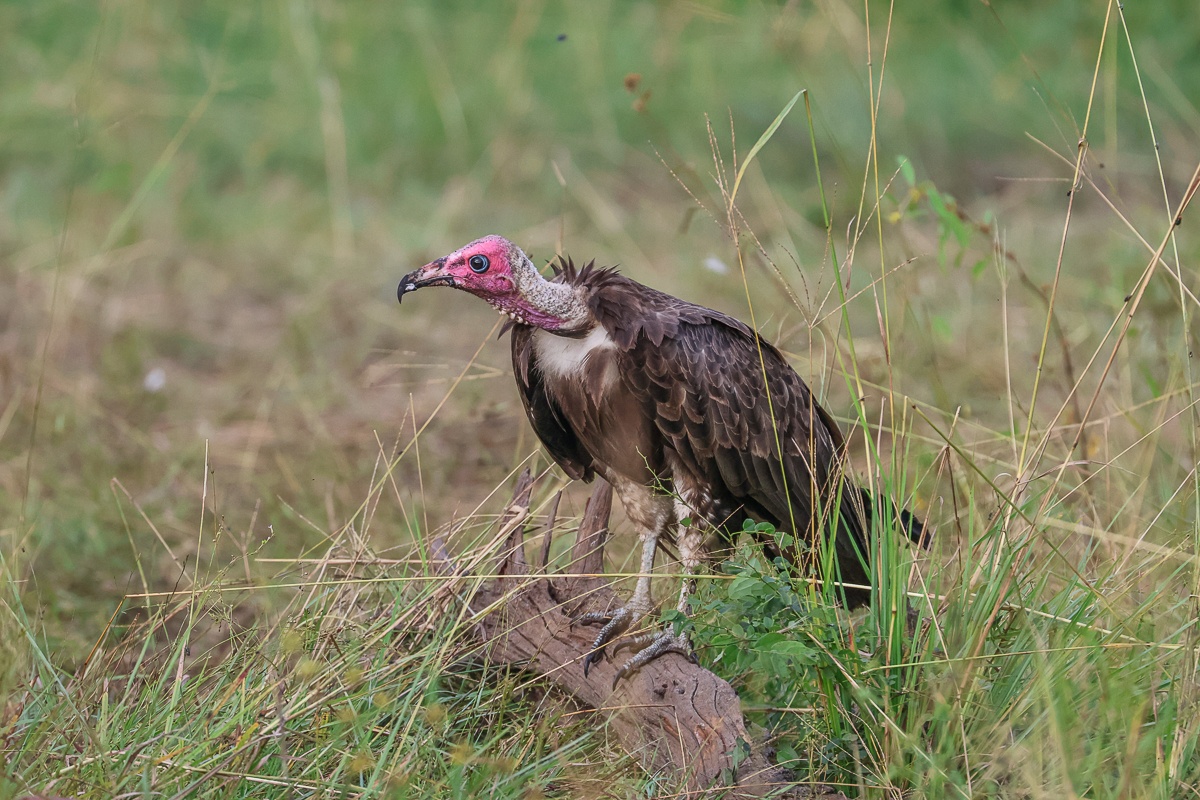

Vultures have adapted over the years to be as successful as possible when it comes to finding food and surviving in the harsh African conditions. Let’s have a look at these.
One of the key adaptations that make vultures such successful scavengers is their exceptional eyesight, allowing them to spot carcasses from great heights while soaring over diverse terrains. In addition to their keen vision, vultures often engage in coordinated scavenging. They circle an area in search of food, and as soon as one vulture spots a carcass and begins to descend, the others quickly recognise this behaviour and follow suit, converging on the meal in large numbers.
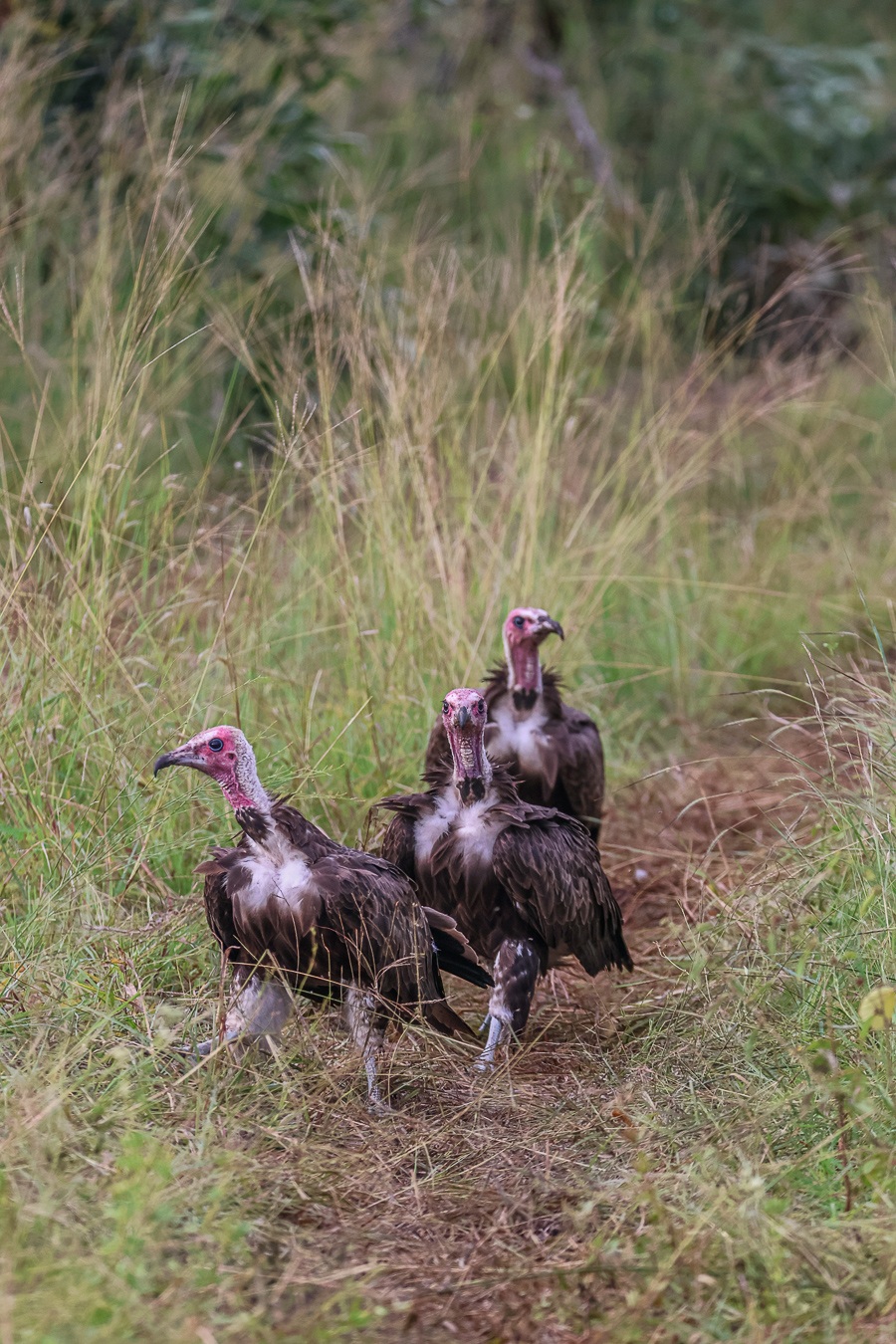

Vultures don’t rely solely on watching and following each other to find food; they also track ground-based scavengers, observing their movements in anticipation of a meal. Additionally, vultures have been known to shadow large prides of lions, understanding that these predators will eventually make a kill, providing them with an opportunity to feed on the remains.
Coming back to the incredible eyesight of vultures, this adaptation is one of their most remarkable traits, enabling them to detect carcasses from astonishing distances - some species can spot a meal from up to six kilometres away.
When comparing vulture vision to human eyesight, these birds have a significant advantage. Studies suggest their vision can be up to eight times sharper than ours, providing them with exceptional long-distance clarity and making them highly efficient at locating food across vast landscapes.
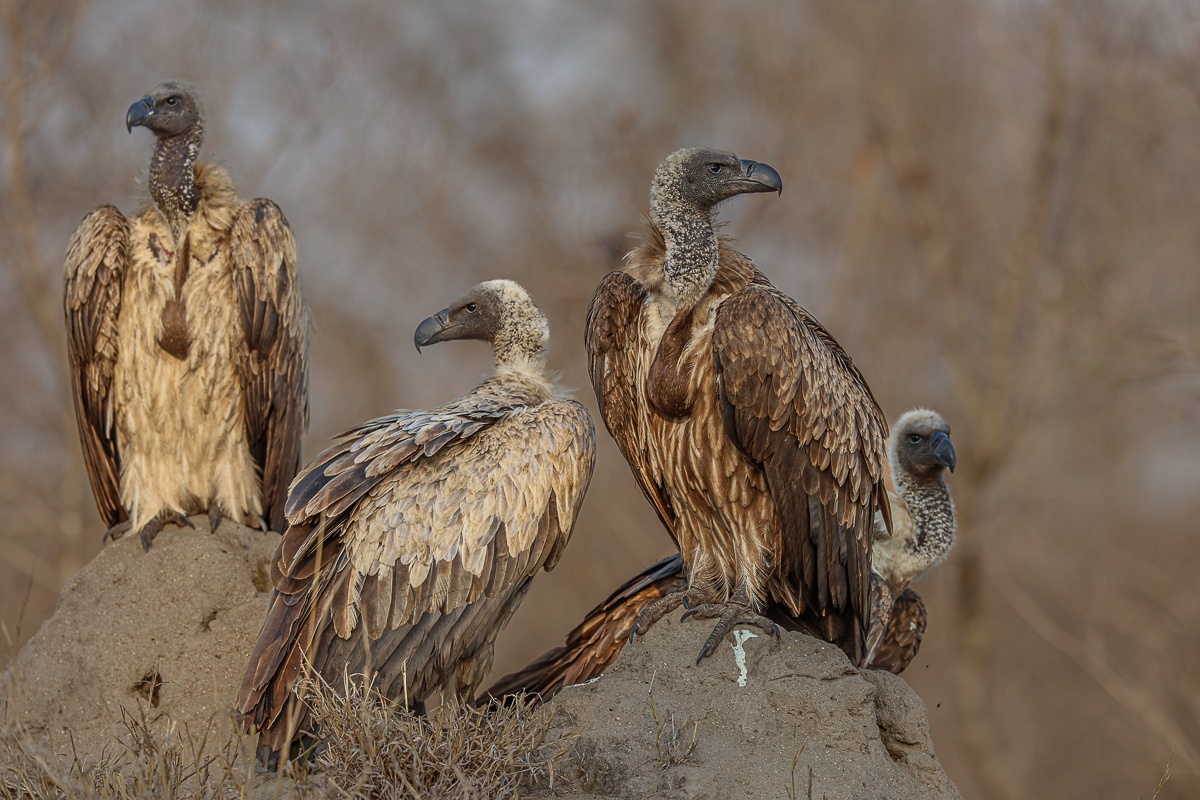


Vultures owe their superior vision to a thicker retina and a higher concentration of cones and rods, allowing for sharper image detection. Additionally, their eyes are positioned further apart on their heads, providing them with a wider field of view, which is crucial for spotting food from great distances. Another remarkable feature is their nictitating membrane - an inner eyelid that not only protects their eyes but also helps keep them clean, ensuring their vision remains clear.
Vultures also have a well-developed sense of smell, which sets them apart from many other large birds on our reserve.


Furthermore, vultures are remarkably adapted to fulfil their crucial role in the ecosystem. They can consume meat that is completely rotten - often long after other scavengers have abandoned it - without suffering any ill effects.
Their digestive system is one of the most powerful in the animal kingdom. With gastric acid boasting a pH just above 0, it is stronger than battery acid and nearly 100 times more potent than human stomach acid. Additionally, their specialised gizzard gravy neutralises deadly pathogens such as anthrax, botulism, and other harmful bacteria, ensuring they remain unaffected by the toxins in decaying flesh. Their exceptionally strong stomach acids even break down bones, allowing them to extract every possible nutrient from their meals.
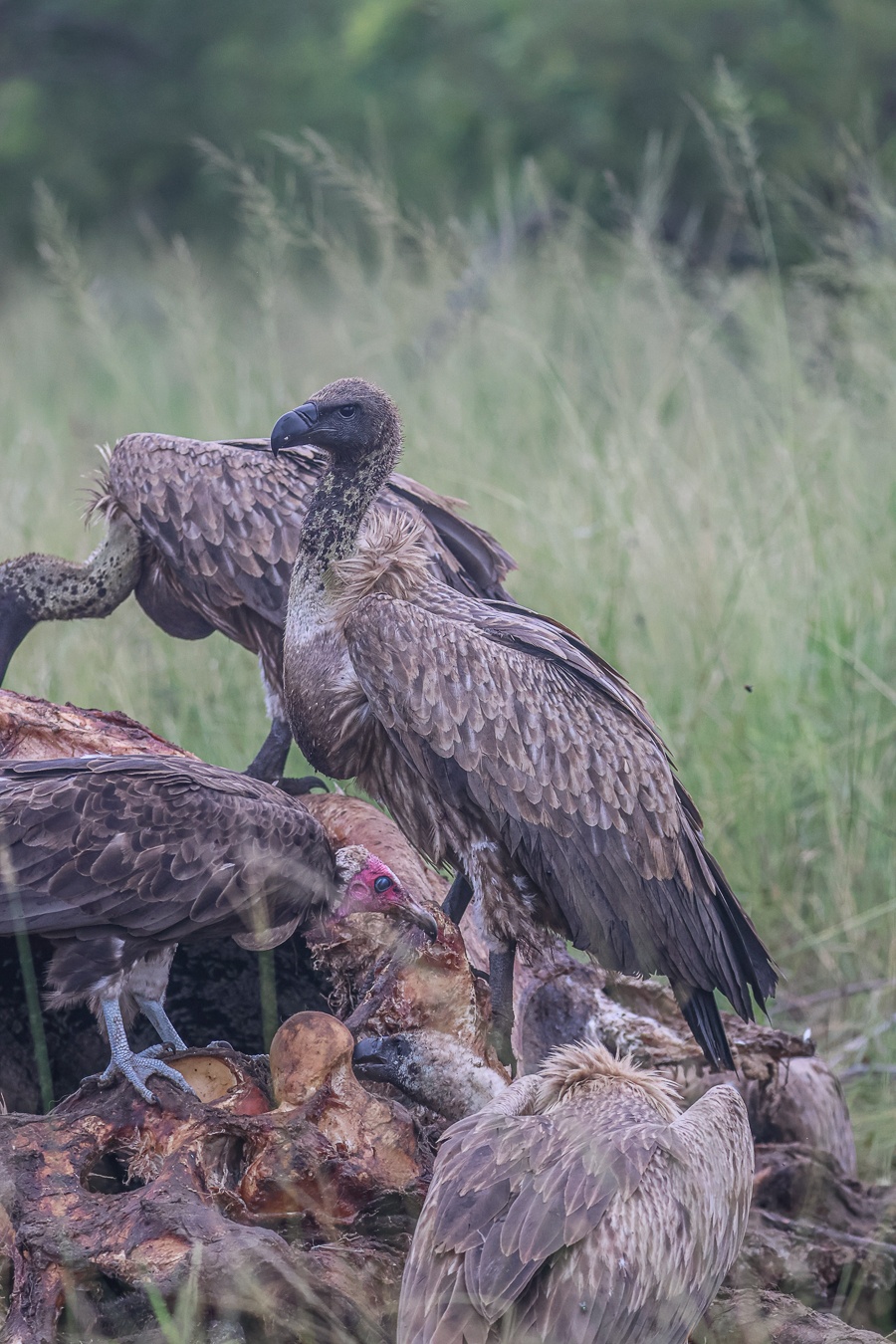
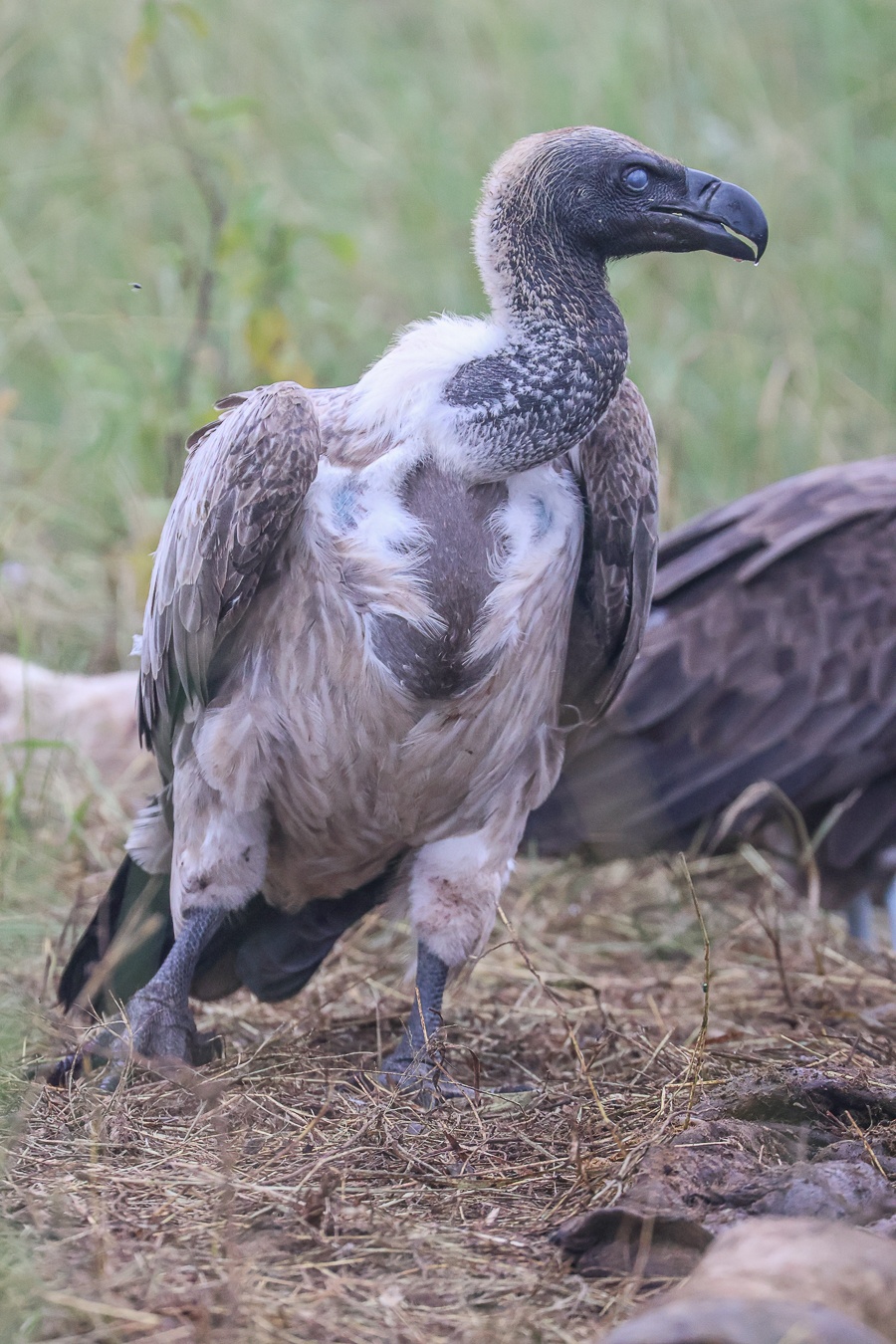
Altogether, vultures are among the most fascinating species in our ecosystem, perfectly adapted to their role in nature in ways that are truly mind-blowing. Watching a vulture take off after feeding on a large carcass or witnessing them descend upon a fresh kill is an experience that words can hardly capture - it’s something you must see to fully appreciate.
The sight of hundreds of vultures soaring in unison, circling high above the landscape, is both mesmerising and awe-inspiring. One can only imagine the breathtaking view they must have from above, looking down over this incredibly beautiful reserve.


Everything in nature serves a purpose, and whenever you witness something happening, always ask yourself, Why? This curiosity will spark a journey of discovery, prompting you to delve deeper into the interconnectedness of the natural world. It will remind you that nothing in nature occurs by chance - everything is part of a larger, intricate chain of events. One action leads to another, and each adaptation paves the way for the next, creating a harmonious cycle of life.
Blog by Ruan Mey (Earth Lodge Ranger)







